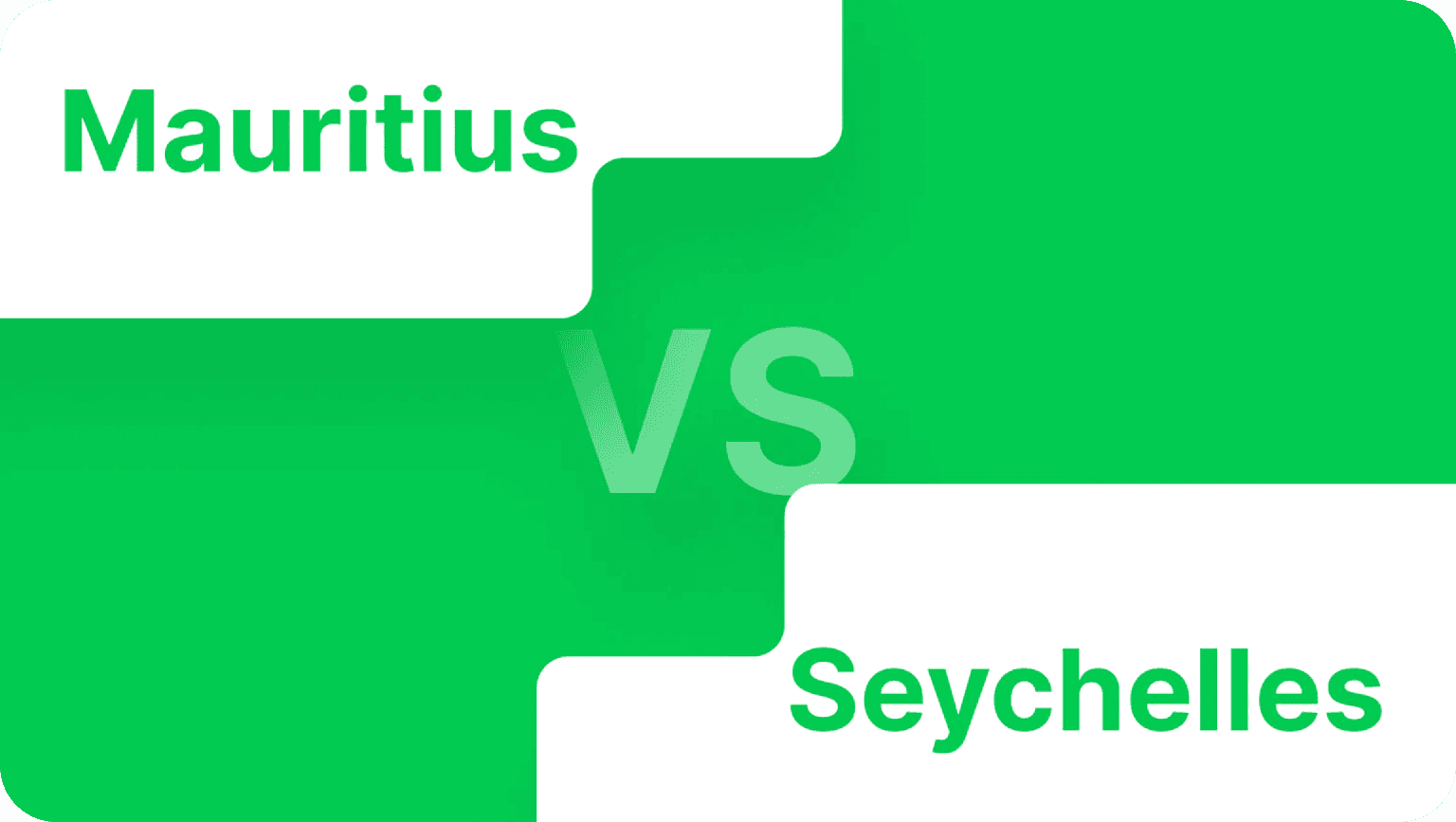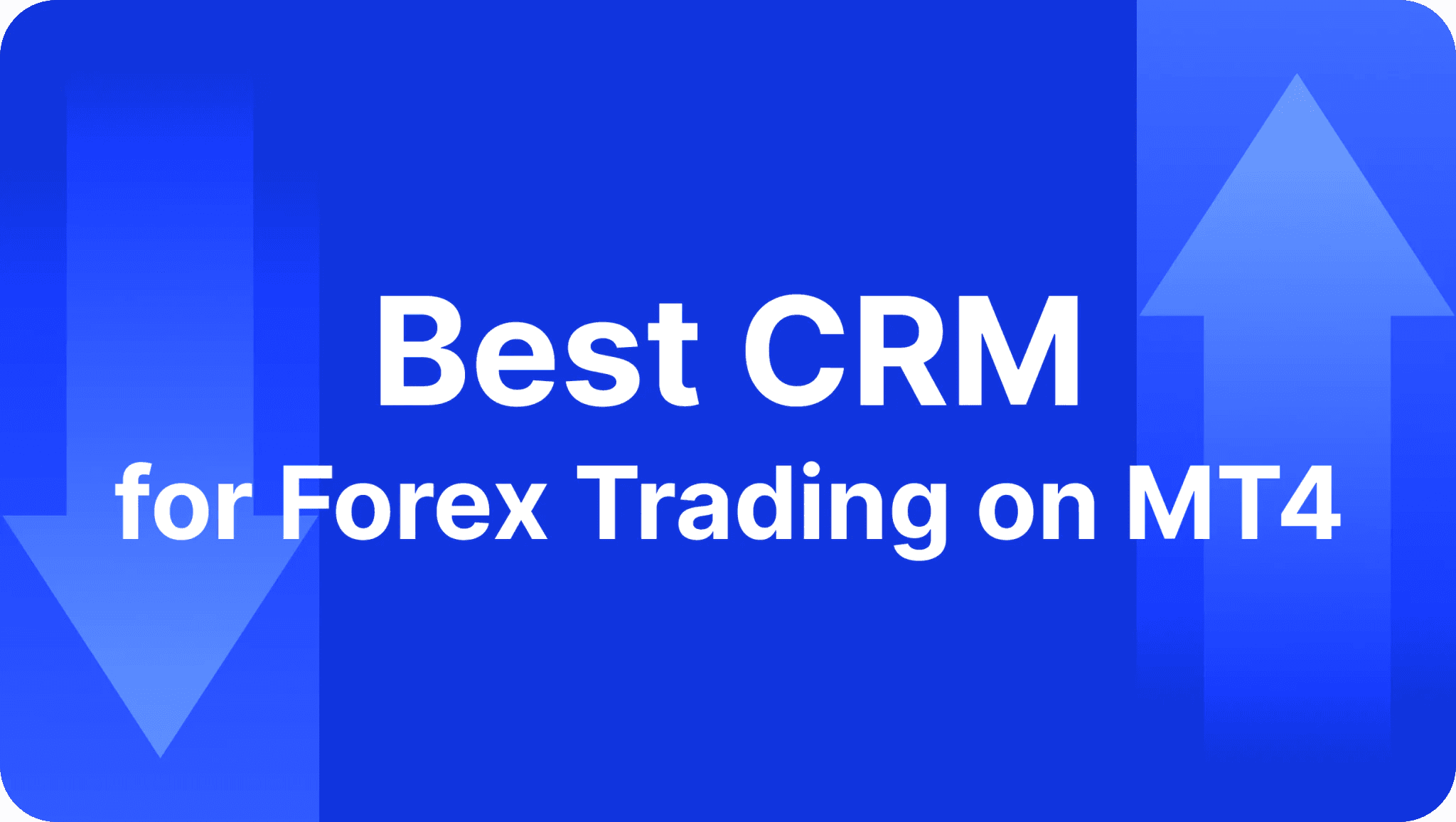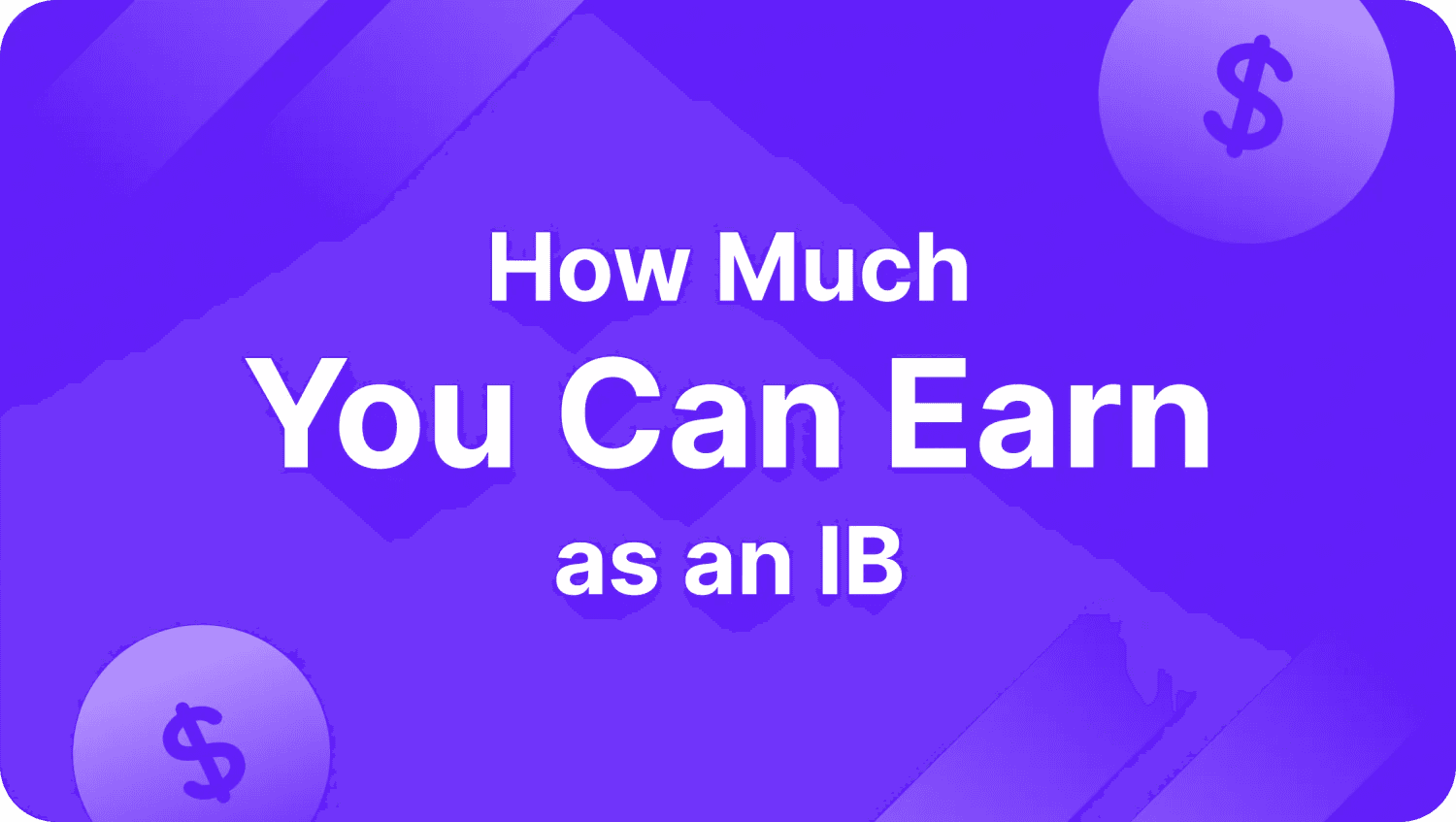Share
0
/5
(
0
)
Today, there are a large number of various financial institutions which are popular with all kinds of traders. The rapid development of technology has made it possible to create new methods for multiplying investments. On the other hand, it has helped to improve and simplify the work with existing financial instruments in various markets.
Among the many markets existing today, the Forex Market (or Foreign Exchange Market), which is a global currency market for exchanging the currency of one country to another at an agreed-upon rate at a certain date, is the most liquid one. This market has incredible opportunities for capital appreciation, providing access to a wide range of trading instruments, and is, therefore, the most popular trading financial environment.
It is evident that to work in such a complex industry, it is necessary to have not only solid experience and impressive knowledge in the field of trading but also a professional, multifunctional and informative analysis tool that can make the trading process simple, fast, understandable, convenient, and most importantly, pleasant. Fortunately, there is such a tool, and it is called a trader's room.
This article is about a trader's room, its role in the trading process, and its functions. We'll also show a step-by-step guide on setting up a trader's room, going through the KYC procedure and account creation process and using it properly to get the best trading experience.
What is a trader's room and what purpose does it serve in the trading process?
Today, it is difficult to find a broker who does not have his own web service, which includes many different tools for trading, which are united in one convenient place - the trader's room. Even though every company currently offers such a space where a trader has access to a complete toolkit for working with financial markets, companies have recently started offering clear and informative trader's room options.
The trader's room is an important service that is necessary for the operation of a brokerage business. It is used to organize the client's personal space on the brokerage company's website, as well as to create the functionality of the back office, work with payment systems, and process documents and client identification requests.
1) Trading section
In this section, you can see how many assets an investor has in his portfolio, how much they are worth now, and, if necessary, the ability to buy or sell securities, currency, or contracts. These are all the operations related to exchange trade, i.e., purchase and sale transactions. The most advanced brokers have in the trader's room a list of requests to buy and sell securities, the so-called order book, which allows you to see the course of trading in real time. Some web service providers, however, have a simpler version of the "window," which shows only the best offers and gives the option to place a limit order on principles "buy at a price no more expensive than" or "sell at a price no less expensive than."
2) Service section
Such a section of the trader's room allows you to work with your account, reports, personal questionnaires, and other documents. For example, there, you can deposit and withdraw funds to the market, transfer them from one exchange or stock section to another, view statements on recent orders and transactions, assess the amount of withheld taxes and commissions, and correct your data and details.
3) Analytics section
This section includes everything related to the explicit or implicit sale of financial products: investment ideas, strategies, stock picks, analysts' comments, and even market news — any information that inclines you towards more active trading. For professional traders with good experience, this is probably not the most helpful section. However, it is worth noting that analytics from large and long-standing brokers working in the market can have a tangible impact on quotations: the release of fresh commentary often moves the prices of the assets.
The must-have features of a good trader's room
The trader's room is the space where a trader begins to become familiar with the exchange, its tools, and its functionality. To provide the best trading experience, such a place should offer a wide range of different functions and tools. Below is a list of the must-have features a good trader's room should have:
Wallets
A multi-currency electronic wallet for digital assets is a specialized software (less often hardware) created and designed for accumulating, storing, and transferring assets (more often cryptocurrencies). The main distinguishing feature of this type of storage is that it supports multiple currencies at once. It is especially popular with beginner crypto investors or traders. However, this service option is also excellent for those who want to expand their opportunities in the market and operate with several types of assets at once.
The integrated functionality includes not only storage and transfer of tokens but also their exchange or conversion. This is available when you sign up for a personal account or install the wallet app. Also, in your trader's room, you can view the history of all financial transactions made during your time in the financial markets.
A good trader's room should provide access to multi-currency accounts and wallets so that you can not only deposit, withdraw, and transfer different assets but also see detailed analytics of each asset's balance, account status, and a complete list of available coins for use.
Analytics
One of the most important elements of trading is a detailed analytics tool that allows you to clearly show the effectiveness of your chosen trading strategy. That's why a good trading room should have a comprehensive system that allows you to check your trading activity and analyze key indicators through automation and visualization of necessary trading and business metrics, complex indicators, and statistics combined with appropriate charts and tables.
It is also worth mentioning that since analytical tools are an important element of trading, the platform should have an easy and understandable interface so that the trader can clearly and accurately see all the components of the applied trading strategy.
Market news
Any financial market is a complex and dynamic system constantly changing, including under the influence of current shocks that are difficult to explain and predict even by experienced analysts. Over a short period of time, the market can be significantly transformed by independent driving forces, including the flow of information.
Based on the above, we can conclude that a trader's room should also have a section with all the relevant news in each specific market and financial instrument, which will ultimately allow you to make prompt trading decisions as part of your strategy.
Web trading terminal
A trading terminal (trading platform) is a specialized program that allows traders in the financial markets to make trading transactions. Today, working through trading terminals is the easiest and fastest way to trade.
There are universal and specialized platforms for trading. For example, there are trading platforms that are suitable for all markets. In addition, you can find terminals designed only to trade on stock exchanges and through a particular brokerage company. By the way, many brokers have started to develop their terminals for trading.
Few people pay attention to this aspect, but for good results and thoughtful analysis, the trading terminal in the trader's room should be multifunctional, comfortable, and easy to use. Such platforms are primarily designed for mobile devices so that you have access to your trading account wherever you are.
Calendars
The calendar is a powerful information tool that helps you analyze the trend of market events and make accurate decisions during your trading by summarizing the news and other important publications expected during the next trading sessions. That's why the economic news calendar is one of a trader's first analysis tools in various financial markets.
The importance of market calendars, or in other words, the schedule of the release of the most important economic indicators, news, and events, is disputed, perhaps, only by the ardent fans of technical analysis. All other traders, speculators, and even investors, whose investments have been made for many years, not only find it useful but even necessary to consider the release of macroeconomic statistics, speeches of heads of central banks, and other events that can affect the movement of shares, currencies and any assets traded in the market.
Technical analysis
Technical analysis is the study of past prices to predict future prices with the help of different tools: indicators, graphical figures, etc. It does not answer the question "why did the price change?" but only shows the most probable price change based on the market behavior during the past.
The marketplace is a visual representation of the flows of supply and demand that reflect people's expectations and opinions and shape how they behave in the market. On this basis, technical analysis is an integral part of trading in general. It should be an essential part of a good trader's room for prompt correction of a trading strategy in case the market changes.
History of trading activity
In order to systematize the information obtained as a result of trading activity, the trader's room should have a tool that allows you to view statistics on orders placed, concluded, and canceled in a clear and accessible form, usually as a table with filters.
The basics of setting up your trader's room
In order to plunge into the world of trading and start full-fledged trading, only a few simple steps are required, regardless of the broker used. Below you will find detailed instructions on how to go through the KYC procedure and create a trading account.
Registration
Registration is the first step in creating a trader's room, so you should start by choosing a broker. Once you have decided on a broker, visit their website, and find the corresponding "Registration" button.
Fill in all the necessary information, including first name, last name, and email address, and create a strong password.
After confirming the creation of an account by entering the code from the letter, the trading terminal, with all its tools, including the trader's room, will become available to you. However, before you start trading, you should complete the identity verification or the KYC procedure.
KYC procedure
KYC (Know Your Customer or Know Your Client) is the principle of operation of financial institutions, which obliges them to establish a person's identity before he can conduct transactions. This identification serves many purposes: understanding your clientele, monitoring operations, reducing risks, and fighting bribery and corruption.
In order to go through this procedure, you will need:
Go to your account settings and find the appropriate "Security" section.
Depending on the specific exchange, in order to verify your identity, you need to provide the following data: personal information (name, surname, etc.), passport data, the actual address of residence, and a photo. Make sure that all information provided matches your identity documents.
Upon completion of the form, wait for the exchange's response with confirmation, and you can start trading.
Trading Account
Opening a new account is carried out immediately after choosing a trading platform. Before you start making your first deposit, you need to decide on the choice of platform, and then follow these simple steps:
Open the trading platform settings and select the required currency or asset to generate an account
Once the account is formed, you can deposit the appropriate currency or asset to start trading.
How to use your trader's room to its full potential
In order to make the most of the trader's room, you must thoroughly understand all its functions. Most brokers offer a user-friendly platform with a well-configured and intuitive interface that contains many different tools for working with charts, analytics, wallets, and trading accounts. All these tools help to develop an optimal trading strategy and fully control the trading process. However, despite the impressive list of functions and services, it can be difficult for novice traders to understand the functionality and structure of such systems. Therefore, before starting, take the time to study the product you are working with because sometimes, the inability to handle the system leads to an unsatisfactory trading experience or, even worse, to loss of funds.
It is also worth mentioning that many brokers provide the opportunity to carry out deep customization of the trader's room, namely, to fully manage the trading process in accordance with your trading strategy. Thanks to this, the convenience and speed of working with financial markets significantly increase, which improves the user experience in general.
Conclusion
A trader's room is an indispensable solution for trading. Combining a full range of tools for working with financial markets, such as multi-currency wallets, analytics, market news, trading platforms, calendars, technical analysis, and detailed reports on ongoing transactions, the trader's room allows you to make the process of interacting with a variety of trading instruments fast, simple and convenient. On the other hand, to unlock the full potential of the trader's room, it is necessary to thoroughly understand its many functions and test them in practice. In the end, using this system will make your trading experience more enjoyable.
Read also





